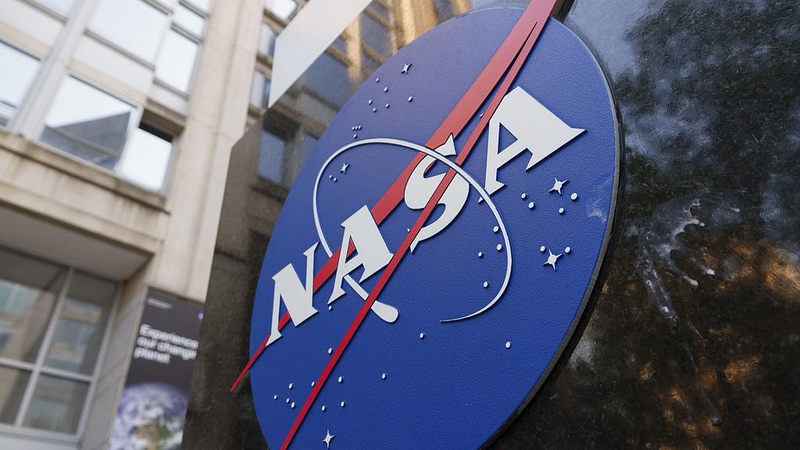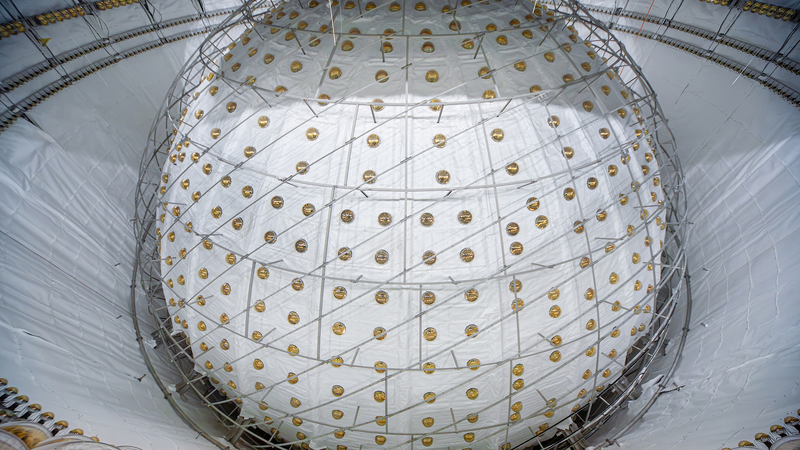On Wednesday, NASA lifted off its TRACERS mission, unleashing two washing-machine-sized satellites atop a SpaceX Falcon 9 rocket from Vandenberg Space Force Base in California. The launch, which took place at 11:13 a.m. local time (1813 GMT), marks a leap forward in our understanding of space weather and the invisible forces shaping our planet's defenses.
TRACERS, short for Tandem Reconnection and Cusp Electrodynamics Reconnaissance Satellites, will work in tandem to observe magnetic reconnection events—explosive bursts that happen when the solar wind's charged particles collide with Earth's magnetosphere. These reconnection events can fling particles at warp speed, impacting everything from satellite operations to power grids on the ground.
"The multi-spacecraft approach of TRACERS gives us a 3D picture of how energy builds and bursts during magnetic reconnection," explains John Dorelli, mission science lead at NASA's Goddard Space Flight Center. "By tracking both satellites simultaneously, we can map the dynamics of these magnetic explosions in unprecedented detail," adds David Miles, principal investigator at the University of Iowa.
Beyond the twin satellites, the Falcon 9's payload included a fleet of ride-along spacecraft—Epic Athena, Skykraft 4, REAL, LIDE, and Bard—that will also study aspects of Earth's magnetic environment and beyond. Together, this coordinated armada represents a new era of collaborative space weather research, blending cutting-edge tech with global scientific expertise.
For digital nomads eyeing the stars, tech enthusiasts tracking emerging missions, and young changemakers passionate about Earth's future, TRACERS offers a front-row seat to the drama of magnetic explosions that protect—and sometimes challenge—our planet.
Reference(s):
NASA launches twin satellites to study magnetic explosions in space
cgtn.com




